Russia claims to have killed the Islamic State founder, Abu Bakr al-Baghdadi. But what does that mean? Does it even matter?
The Islamic State continues to lose terrain by the hour, finding itself besieged on every front. The Syrian Democratic Forces (SDF) and the Syrian Arab Army (SAA) have jointly secured the majority of al Raqqa, the capital of the Islamic State’s self declared caliphate. The Iraqi armed forces have surrounded the Islamic State’s enclave in Mosul, as well as elsewhere. Just a few years ago, the Islamic State held vast territories – but now, the total amount of land that it clings on to can be counted in mere double digits of square kilometers.

Amidst this situation, Russia now claims to have killed Abu Bakr al-Baghdadi, the founder and caliph of the Islamic State. According to the Russian Ministry of Defense (MoD), the Russian Air Force targeted a May 28th high level leadership gathering on the outskirts of the Raqqa province, near the border to the Deir Ezzor province, and sent a volley of air-to-ground missiles into the compound area. The MoD report specifies it believes that amongst the high ranking members attending the meeting was none other than Abu Bakr al Baghdadi himself, and that all attending leaders succumbed to the attack. The MoD report remains unconfirmed, but as of yet – the Russians appear to be standing steadfast by it. This is not the first time that al Baghdadi has been reported dead from a coalition, or affiliated forces, airstrike. Past reports have however all been proven to grossly exaggerate the Islamic State leader’s demise.
#Syria #Russia
Elimination of #ISIS’ command post in #Raqqa during terrorist leaders’ meeting https://t.co/JHxrvGygTO pic.twitter.com/EENwXNeawd— Минобороны России (@mod_russia) June 16, 2017
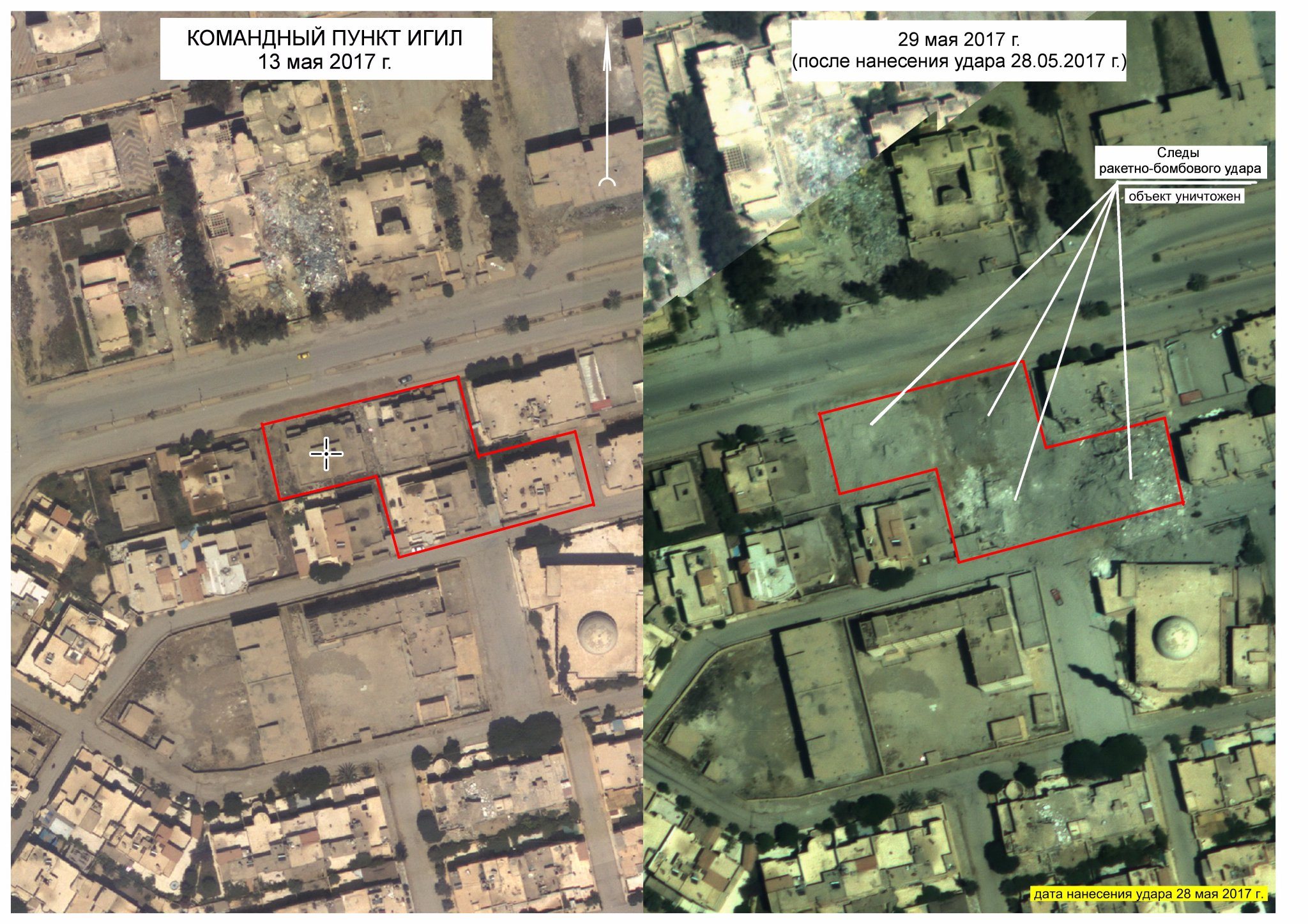
While the Russian MoD report of al Baghdadi’s demise remains unconfirmed, the reaction across the world is obvious; consumer grade news touting the possibility.
Yet, the professional intelligence and strategic section consider it somewhat irrelevant – with one major caveat. The crass fact is that while al Baghdadi is a valid high value target (HVT), he is considered to be increasingly irrelevant, as a leader, inside the Islamic State. The organization is growing increasingly decentralized, and with the battle in Syria going poorly for the group the focus is keenly on evolving into an entity that can inspire and aid activities and actors across the world to strike where it hurts the most – the soft underbelly that is unshielded civilian targets.

Intelligence reports have long since indicated that al Baghdadi was forced to step down from actively wielding power due to injuries he sustained from a US airstrike in Western Iraq in 2015. As a result of this, emerging ranking emirs and regional leaders have gained a significant amount of responsibility and influence in the organization. When al Baghdadi released his latest audio recording in November 2016, only those that took real note of it were professional observers and people that were keenly invested in the cult of personality. Most jihadi forums, a solid recruitment ground for new Islamic State soldiers, took note of the audio recording, but it was apparent that it caused little in ways of impression.
The death of Abu Muhammad al-Adnani during the summer of 2016 was a much more direct impact, and devalued the group’s theological standing noticeably. Al-Adnani, the-then chief ideologist and strategic mind inside the upper echelon of the organization, was widely believed to be the logical successor of al-Baghdadi when that day would arise, and the man that had largely stepped up to run the core of the organization after al Baghdadi’s injuries forced him away from the spotlight. Al-Adnani’s demise combined with the more recent death of Turki al-Binali, the latest Islamic State chief ideologist, were considerably harder punches against the actual structure and ideology of the group than what al Baghdadi’s possible demise might entail.
If the Russian MoD report is accurate, that in addition to al Baghdadi, the Islamic State Emir of Raqqa Abu al-Haji al-Masri, Ibrahim al-Naef al-Hajj, and ISIS security chief Suleiman al-Sawah, were all in attendance at the meeting and all perished in the Russian airstrike, then the implications might be severe for all involved. This would mean the Islamic State has lost the majority of its leading old guard. That could mean the organization will morph into something much more dangerous quickly. As new members take the reigns, the new blood might have a keener sense of what the organization is capable of evolving into, in order to remain a truly dangerous foe to the West and regional powers alike.
If the Russian MoD report is accurate … This would mean [ISIS] has lost the majority of its leading old guard. That could mean the organization will morph into something much more dangerous quickly.
In addition to this scenario, recent reports from both the Levant front and the Yemeni front have spoken of the possibility of the younger guard seeking an alliance, or even amalgamation, with the regional al Qaeda chapters. Such a proposal was largely held back, and rejected, by the old guard under the leadership of al Baghdadi. Al Baghdadi himself being the main objector, resolutely opposing such suggestions, thus his removal would effectively spell the possibility of a merger.
If the old Islamic State leadership has perished, then very little stands in the way of a merger between the two entities. The Islamic State originated as a fiercely conservative militia group that was affiliated with al Qaeda, and it was not until the Syrian Civil War boiled over that it emerged as a separate entity – one at odds with its old masters. As a result, the Islamic State’s regional chapters have been battling al Qaeda’s regional chapters across the world, from Indonesia, to Syria, to Sinai, to Yemen. The old Islamic State guard were the ones that either betrayed the al Qaeda leadership in order to break away, or were chased away from the organization and saw no other refuge than the Islamic State. A merger between the two would create a new entity with predictably violent goals, with a dangerously cemented theological foundation, as well as ranks of soldiers that are seeking new battlefields to die upon, all in the name of their interpretation of Allah.
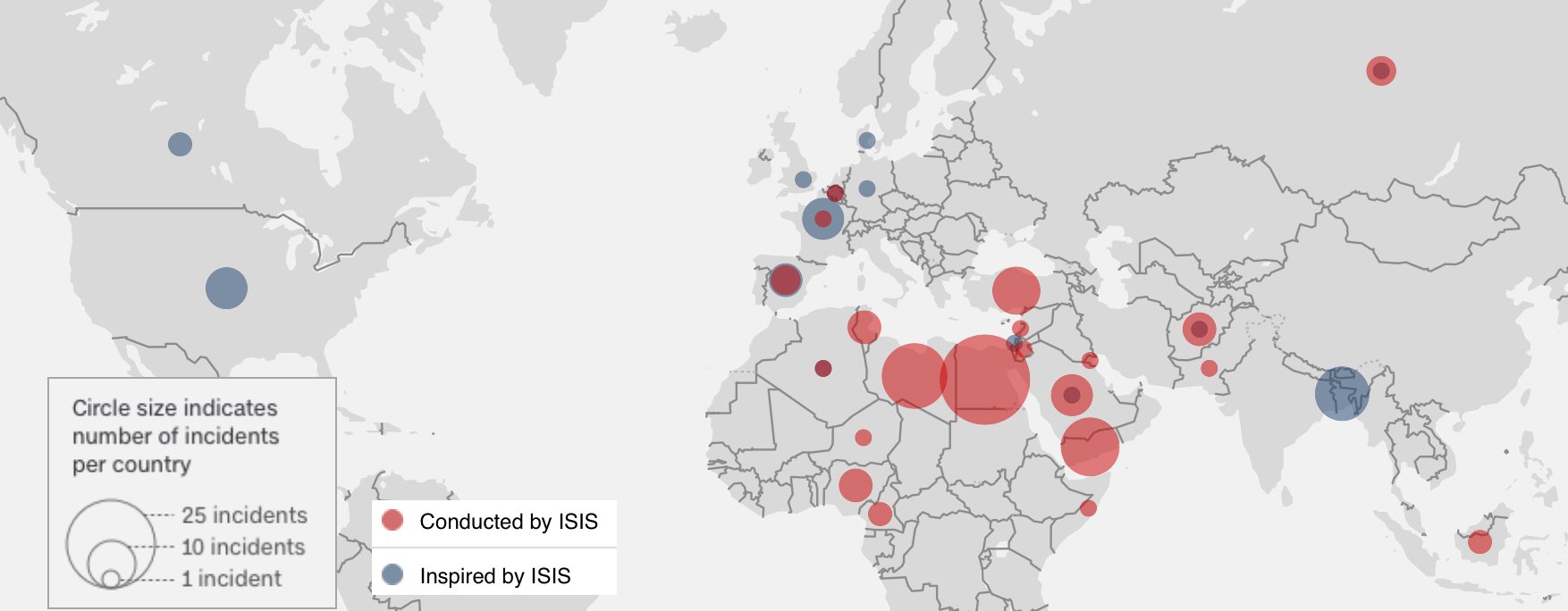
With this in mind, U.S. military officials have, along with regional intelligence officials, stated repeatedly that they can neither confirm, nor deny, the Russian MoD report of al Baghdadi’s demise.
Most experts are vividly aware of the fact that al Baghdadi has repeatedly been attacked, only to emerge alive, despite various statements to the opposite. Those experts that have gone along with statements to the effect of al Baghdadi being dead have received ridicule and mockery. This time, experts are wary of making any claims or statements. Especially considering that Russia is operating, much like the West, in a post-truth vacuum. Noted terrorism analyst Michael Smith, for instance, dared only go so far when he stated that he doubted the authenticity of an al Amaq video that some claim to be showing the body of al Baghdadi.
The coming weeks
The situation continues to escalate. On June 18th, Iran’s Islamic Revolutionary Guard Corps (IRGC) launched 6 Zolfaqar, an Iranian designed solid-fuel medium range ballistic missile (MRBMs) with an estimated range of 750km, against Islamic State targets in the Deir Ezzor province, eastern Syria, some 600 kilometers away from the launch sites. The targets were a command-and-control center operated by the Islamic State, along with two nearby logistical hubs, and one suicide vehicle borne improvised explosive device (SVBIED) factory. Reportedly, one of al Baghdadi’s brothers-in-law was killed when the two missiles struck the command-and-control center in Deir Ezzor. Two missiles also impacted targets in two different locations to the north and south of the town of Mayadin, 45 kilometers southeast of Deir al-Zour, a known IS stronghold.
The Iranian government has stated that it considers the missile strikes to be a “proportional response” to the Islamic State terror attacks inside Tehran, the Iranian capital, on June 7th. A few days before the missile strike, an unarmed Iranian drone on a reconnaissance assignment had been shot down by the US Air Force operating in the area. On June 20th another Iranian drone was shot down, again by the US Air Force. Earlier that same week, the US had engaged and shot down a Syrian Air Force fighter jet that was engaged in supporting advancing Iranian-affiliated militia groups and SAA forces.
The battle for al Raqqa City appears to have a foregone conclusion, although it will take months, before the city is truly under SDF control. What is more interesting is what battle must come afterwards. Aside from the coming conflict between Kurdish nationalist forces and Iraqi, Turkish, even Iranian, forces, is the battle for the new Islamic State’s refuge – al Mayadin, outside of Deir Ezzor. The Islamic State had months to prepare for the SDF offensive on al Raqqa City, and part of their preparation was to move administrative and leadership personnel from the Raqqa province to the Deir Ezzor province. Particularly to the town of al Mayadin. While the town’s official use remains undeclared, it can be viewed as a de facto new capital for the Islamic State.
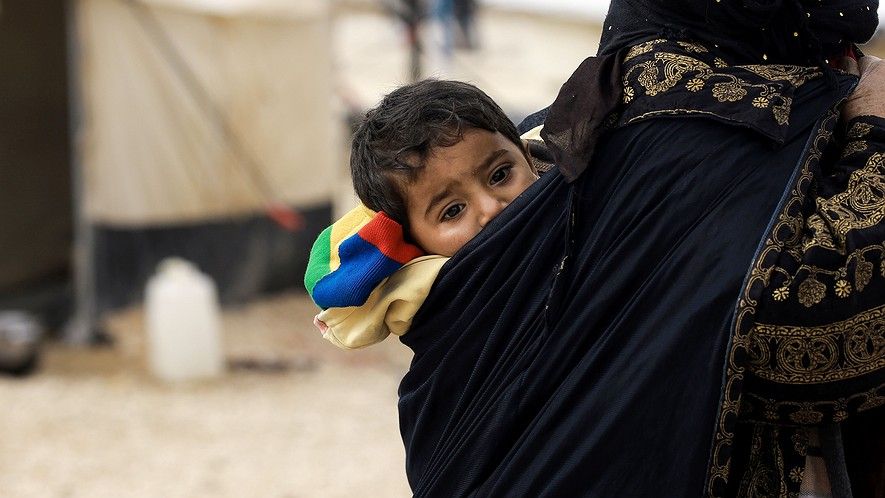
Throughout the later part of 2016, and for all of 2017, the SAA has been engaged in a fierce ground battle inside Deir Ezzor City against Islamic State fighters. For a while it looked like the Islamic State would manage to drive the Syrian forces out. Thanks to reinforcements from Iranian and Turkish affiliated forces, along with a series of morale crushing defeats on other fronts, the odds were leveled. Now the Islamic State holds on to only a sliver of the terrain it held inside Deir Ezzor City and enemy militia groups are quickly advancing towards the al Mayadin area.
By late January, the Islamic State had already moved the majority of its financial and administrative structure to al Mayadin. By late February, large numbers of senior leaders followed suit. Since the SDF offensive on the Raqqa province, the fall of the Tabqa town, dam and airbase, followed by the expected offensive on al Raqqa City, the Islamic State has quietly been reallocating troops from the Raqqa and Mosul frontlines to safeguard al Mayadin, and the Deir Ezzor frontline along with it. This is where the next battle, maybe the last battle, against the self declared caliphate’s physical entity will take place.
As the battles for al Raqqa and Mosul rage on, the battles for Deir Ezzor and al Mayadin are still taking shape, and the Islamic State will no doubt see fit to strike out everywhere it can – to try to take as many civilians across the region, and as many opposition fighters, with it as the walls of the self declared caliphate crumbles.
As ISIS crumbles and returns to its roots as a highly mobile and asymmetrical militia, or terror group – the Syrian Civil War will without a doubt not just continue to tower over the region and its people, it will escalate. And as the world turns its attention away, thinking that all is well in Syria yet again, new and old players will reemerge to commit acts of terror against civilians and governments alike.
John Sjoholm, Lima Charlie News
[Edited by May Hamza]
John Sjoholm is Lima Charlie’s Middle East Bureau Chief, Managing Editor, and founder of the consulting firm Erudite Group. A seasoned expert on Middle East and North Africa matters, he has a background in security contracting and has served as a geopolitical advisor to regional leaders. He was educated in religion and languages in Sana’a, Yemen, and Cairo, Egypt, and has lived in the region since 2005, contributing to numerous Western-supported stabilisation projects. He currently resides in Jordan. Follow John on Twitter @JohnSjoholmLC
Lima Charlie World provides global news, featuring insight & analysis by military veterans, intelligence professionals and foreign policy experts Worldwide.
For up-to-date news, please follow us on twitter at @LimaCharlieNews
In case you missed it:

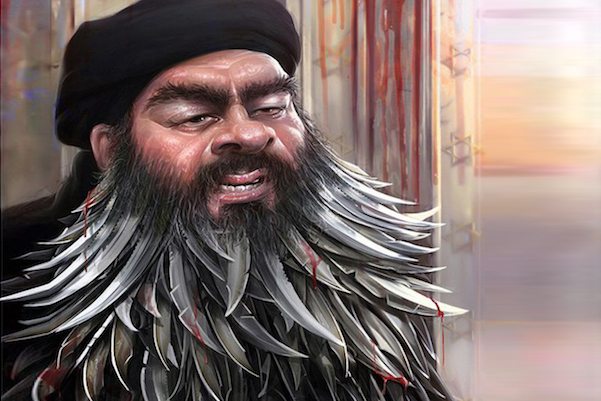
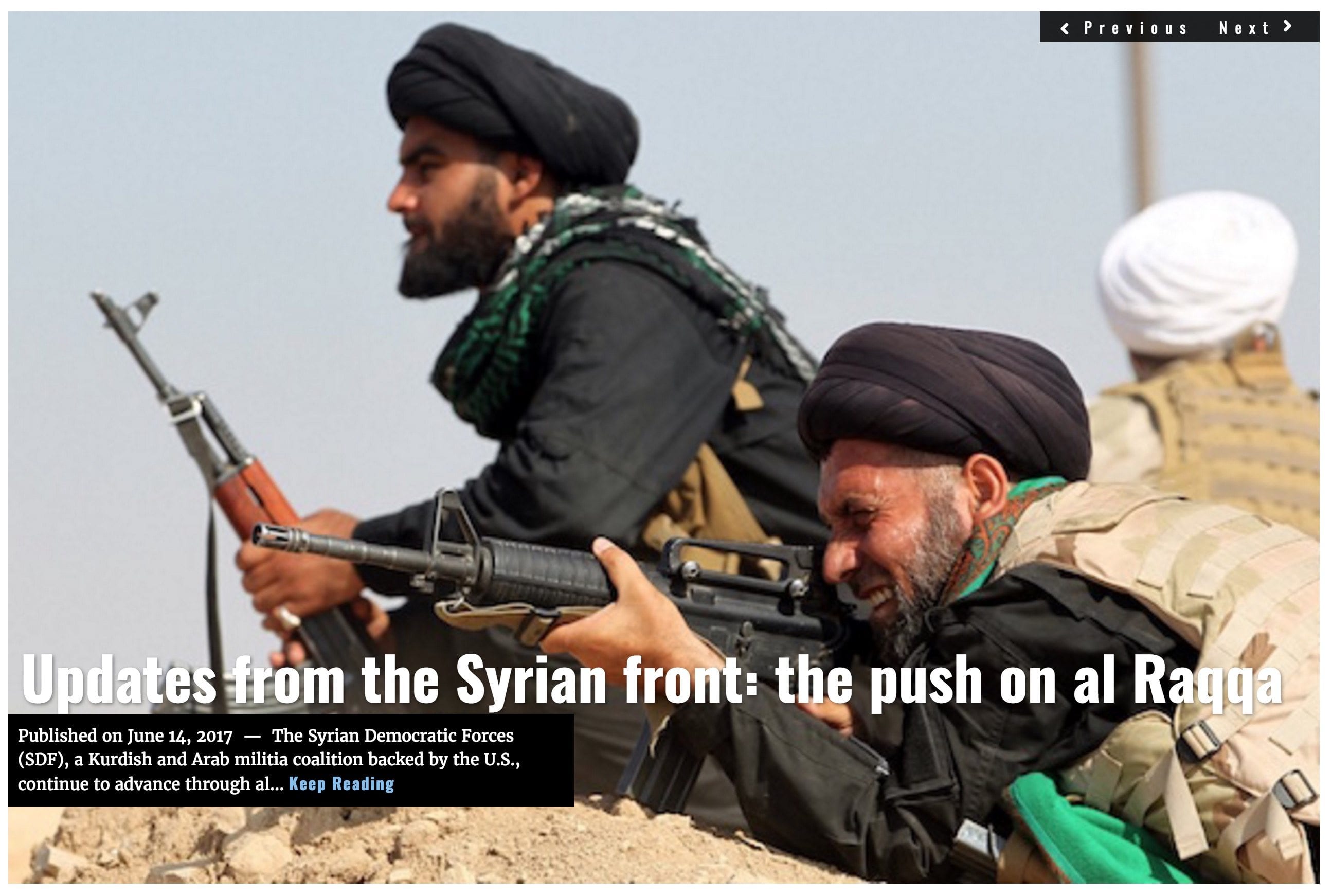


![Image The Philippines, U.S., China make for a tough week at the International Criminal Court [Lima Charlie News]](https://limacharlienews.com/wp-content/uploads/2019/03/ICC-bad-week-480x384.png)
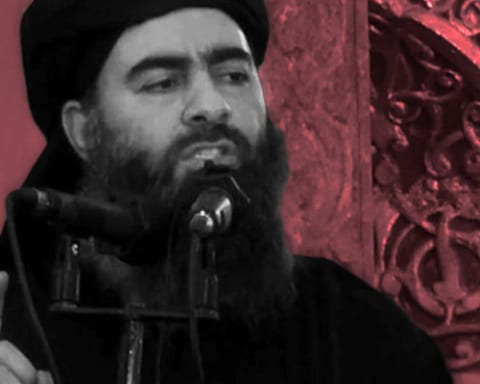


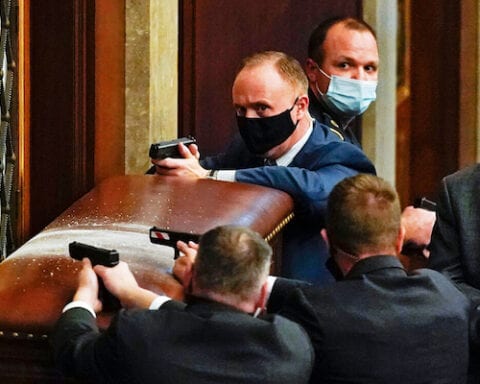

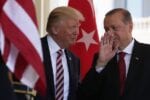
![Image The Philippines, U.S., China make for a tough week at the International Criminal Court [Lima Charlie News]](https://limacharlienews.com/wp-content/uploads/2019/03/ICC-bad-week-150x100.png)